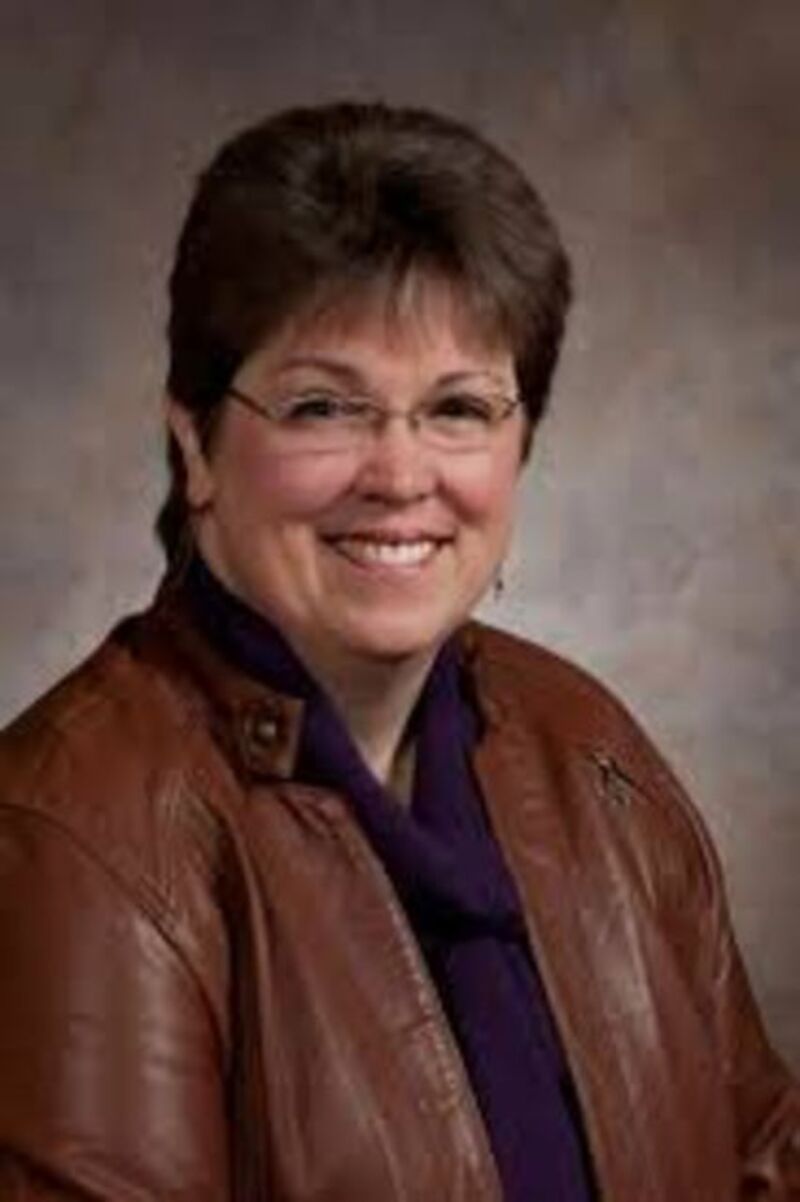Memberships
Increasing Funding for Voucher and Charter Schools Comes at a Big Cost
Tuesday, February 7, 2017
New estimate by LFB shows funding parity price tag is over $100M
ALMA, WI - For many years, voucher and charter school advocates sought funding parity while rural schools struggle to stay open. Senator Kathleen Vinehout (D-Alma) responded to a new analysis done by the Legislative Fiscal Bureau pegging the parity price tag at over $100M.
Senator Kathleen Vinehout commented, “I cannot sit idly by while voucher and charter school advocates ask for more money when my rural public schools can barely afford the basics.”
“Taking $100 million away from 867,000 public school students for 42,000 private voucher and charter school students is foolish,” said Senator Vinehout. “For the last three budgets, Republicans have given handouts to private voucher and charter schools at the expense of public schools. Legislators must not continue this trend with the new budget.”
According to a recent estimate by the non-partisan Wisconsin Legislative Fiscal Bureau, increasing payments for private voucher and charter schools would take over $100 million dollars away from public schools and property taxes would be allowed to increase.
Specifically the LFB memo estimated the total cost to the two-year state budget at $110.4 million and an additional cost to property taxpayers at $45.7 million for private school vouchers and $30.5 million for independent charter schools.
When determining state aid amounts, privately-owned voucher and charter schools get the first-draw for funding. The remaining funds go to public schools through an antiquated and broken funding formula.
“Wisconsin elected leaders should focus on improving equal public school opportunities for all children, regardless of where they live,” concluded Vinehout.
# # #


Add new comment